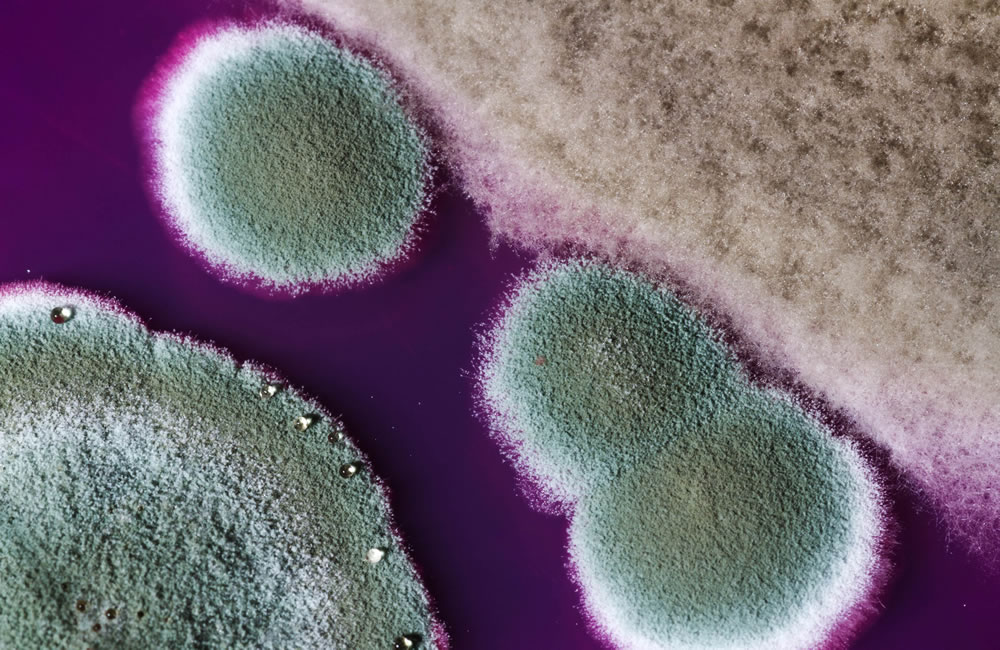hyperbaric oxygen therapy explained
The Role of Hyperbaric Oxygen Therapy in Addressing Mould-Related Health Issues
Understanding Mould Sickness
Mould is a natural part of our world & is commonly found in both nature, & our homes in the form of household/workplace dust. Our body’s immune system can handle small amounts of mould exposure, but when the human body is bombarded with continuous exposure to toxic mould the body & immune system is suppressed by the poisonous nature of toxic mould.
Mould, a type of fungi, thrives in hot, damp environments both indoors and outdoors. Its rapid growth damages building materials and poses health risks by releasing harmful substances into the air. The World Health Organisation (WHO) reported significant mould problems in 10 to 50 percent of buildings, rising to 30–50% in newly constructed or renovated structures


Mould effects Brain function
Fungus breathes Oxygen, therefore when the mould invades the human body it plunders the Oxygen supply from your body. As the mould utilises your body’s Oxygen it discharges carbon dioxide. The carbon dioxide then combines with the blood and water in the body to produce carbonic acid, lowering the body’s PH level.
Mycotoxins (biotoxins) are a byproduct of the mould. Mycotoxins are exactly what they say they are; toxins produced by fungus. The molecular structure of these toxins is of a fatty nature, allowing them to navigate through the body via the bloodstream. But more importantly, they can cross the blood brain barrier causing neurotoxicity.
Exposure to toxins, including mould, can lead to significant long-lasting impairment of brain function, often inducing temporary to permanent disability. Typical complaints include impairment of short-term memory, intermittent disorientation, disturbed balance and coordination, inability to multitask, and impairment of attention span and reaction time.
Long term exposure can have devastating effects on the central nervous system (the brain) and the peripheral nervous system. Symptoms may include; loss of hair, anxiety, chronic moderate to severe headaches, confusion & memory loss, numbness in the hands or feet, abdominal pains, sensitivity to light, muscle cramps irritability, brain fog (loss of cognitive ability), disorientation, impaired learning, ADHD, depression trembling, seizures and personality changes the list goes on.
Varieties of Mould
Moulds vary in their impact on health. Some cause allergies, particularly affecting asthmatics and children. Others spread diseases, especially among individuals with weakened immune systems. Toxigenic moulds produce mycotoxins that severely harm human health upon inhalation, ingestion, or contact.
Indoor mould exposure leads to “mould illness,” triggering respiratory problems, from asthma to pneumonia, and other health issues.
Toxic opportunistic molds include: Stachybotrys chartarum, Aspergillus species (A. fumigatus, A. flavus, A. niger, A. versicolor, etc.), Cladosporium, Alternaria, Penicillium, Trichoderma, Fusarium graminearum, etc. These molds flourish in moist and damp environments and may lead to a number of mycotoxicoses, a collective name for all of the diseases caused by toxic molds

Chronic Inflammatory Response
Mould toxicity triggers a chronic inflammatory response in the body due to exposure to organisms like fungi and bacteria found in water-damaged buildings.
Toxic black mold, or Stchybotrys chartatum, can be grey, a greenish black of a deep black colour, is spread via spores (similar to seeds) that are microscope that are released by the fungus as it feeds on organic materials, such as carpets, drywall, insulation and fibre board that have been exposed to water or moisture after a water leak.
Mould Sickness Mechanism due to Mycotoxicity
Mould spores and fungal fragments contain mycotoxins dispersed through the air. These mycotoxins cause the release of inflammatory cytokines, impacting the body’s immune function and cell signalling.
Toxic mould sometimes referred to as black mould, can enter the human body by one of three ways; inhalation, ingestion, & can be absorbed thru the skin. Mould is a fungus, fungus breathes Oxygen, therefore when the mould invades the human body it plunders the Oxygen supply from your body. As the mould utilises your body’s Oxygen it discharges carbon dioxide. The carbon dioxide then combines with the blood and water in the body to produce carbonic acid, lowering the body’s PH level.
When the mycotoxins find their way to the bloodstream, heart damage can and will ensue along with blood clotting difficulties, internal & external haemorrhaging. Irregular heartbeat can develop, along with inflammation of the heart, low blood pressure, bone marrow disruption & most devastating, bleeding in & about the brain.
Mycotoxins are also cytotoxic and mutagenic (causing cell mutations) causing disruptions to protein synthesis including DNA and RNA.
Chronic Inflammatory Response Syndrome (CIRS) or Mould Sickness
Variation in Susceptibility
Individuals possess varying detoxification capabilities when exposed to water-damaged buildings. Approximately 25% of the population carrying the HLA-DR gene are prone to mould allergies and persistent systemic inflammatory responses [3].
Hyperbaric Oxygen Therapy for Mould Sickness
HBOT offers potential in treating symptoms like fatigue, cognitive impairment, and headaches caused by mould sickness. Treatments typically range between 30 and 60 sessions, varying based on symptom severity [4].
Managing Mould Sickness with HBOT
Treatment in hyperbaric chambers with high oxygen concentrations inhibits mould progression, aids the body’s detoxification, strengthens the immune system, and reduces inflammation.
Studies on HBOT Effectiveness
Research highlights HBOT’s impact on mould exposure, toxicity, and infections. For example, studies on Aspergillus fumigatus growth revealed HBOT’s effectiveness in reducing fungal growth. Other studies indicate positive outcomes in treating invasive aspergillosis [6][7].
Improving Attention Span Disruption
Studies demonstrate HBOT’s positive effects on attention span and reaction time affected by mould toxicity, benefiting both adults and children experiencing attention deficits due to mould exposure [8].
In Conclusion
Mould, ubiquitous fungi, triggers various health issues, from respiratory complications to cognitive impairments. Mould sickness, a genuine medical condition, stems from exposure to water-damaged buildings. HBOT emerges as a potential treatment, aiding in flushing out mould toxins by increasing oxygen availability and addressing associated symptoms.
References
- “Mold Exposure Mold Toxicity – National Hyperbaric.” Mold Exposure Mold Toxicity – National Hyperbaric, www.nationalhyperbaric.com/hbot-treatments-and-conditions/mold-exposure-mold-toxicity
- Neil-Sherwood, Dr. Michele. “11 Signs of Mold Illness.” Functional Medical Institute, 30 May 2017, https://fmidr.com/mold-illness/
- “What You Should Know About Mold Illness (CIRS) — Genesis Performance Chiropractic of Elverson, PA.” Genesis Performance Chiropractic of Elverson, PA, 5 May 2020, www.genesisperformancechiro.com/blog/2020/4/27/why-you-should-know-about-mold-mycotoxins-and-mold-illness-cirs
- Osgood, Dr. Seth. “How Can Hyperbaric Oxygen Help With Mold Toxicity?” GrassRoots Functional Medicine, 12 Oct. 2022
- Durgin, Jennifer. “Investigating the Deadly Potential of a Common Fungus.” Geisel News, 8 Sept. 2014, https://geiselmed.dartmouth.edu/news/2014/investigating-the-deadly-potential-of-a-common-fungus/
- Dhingra, Sourabh, et al. “Hyperbaric Oxygen Reduces Aspergillus Fumigatus Proliferation in Vitro and Influences in Vivo Disease Outcomes.” Antimicrobial Agents and Chemotherapy, vol. 62, no. 3, American Society for Microbiology, Mar. 2018. Crossref, https://doi.org/10.1128/aac.01953-17.
- García-Covarrubias, Lisardo et al. “Invasive aspergillosis treated with adjunctive hyperbaric oxygenation: a retrospective clinical series at a single institution.” Southern medical journal vol. 95,4 (2002): 450-6. https://pubmed.ncbi.nlm.nih.gov/11958246/
- Ezra, N., et al. “Improvement of Attention Span and Reaction Time With Hyperbaric Oxygen Treatment in Patients With Toxic Injury Due to Mold Exposure.” PubMed Central (PMC), 27 Oct. 2010, www.ncbi.nlm.nih.gov/pmc/articles/PMC2998645.